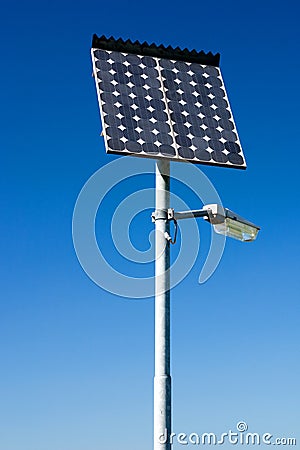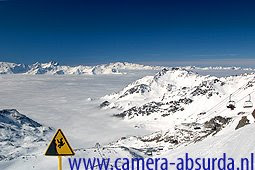 Polarizing filters are among the most expensive, but als0 among the most useful filters for your camera. They are hard –if not impossible- to mimic in post-processing.
Polarizing filters are among the most expensive, but als0 among the most useful filters for your camera. They are hard –if not impossible- to mimic in post-processing.One may succeed in visually resembling some of the results of a polarizing filter with software post-processing, but not all of them, particularly those reducing reflections. For digital photography, circular polarizers are recommended, rather than lineair polarizers. The text below is written with circulair polarizers in mind and might not be entirely valid for linear polarizers.
Polarizers are often used to reduce reflections, e,g, from water or glass. A polarizer may even be used to look through a glass window on a sunny day that you would not be able to see through with your bare eye.
Landscape photographers love the polarizer for its ability to deepen the blue in skies, and hence increase he contrast with the white clouds. It helps preventing blown out skies by eliminating the reflection of light on the tiny water droplets in the atmosphere. Eliminating sunlight’s reflections also helps boosting color saturation in general.

A general advise for use would be to keep the sun at 90° to you (i.e. to your side). This will help your polarizer to have the greatest effect. Rotate your polarizer so that the dark side is above. However, both rules can and should be violated to create artistic effects. Let trial and error be your teachers. Keep in mind that using a polarizer with the sun in front of you will have no effect.
Note that the use of a polarizer comes at the expense of one or two stops, so you best use them under good light conditions. Also note that reflections ad blown out skies are most likely when the sun shines bright, so that’s when to use your polarizer. For wide angle lenses, a slim polarizer (even more expensive) reduces the risk of vignetting.
More resources
More facts and tips
Scientific explanation in wikipedia
More scientific explanations
A nice click and drag application to show the effect of a polarizer
No comments:
Post a Comment